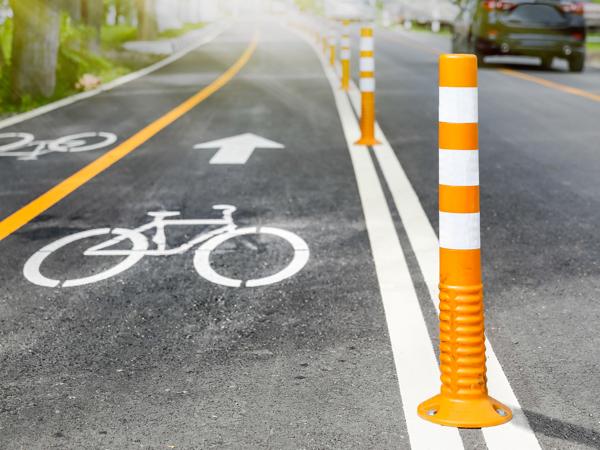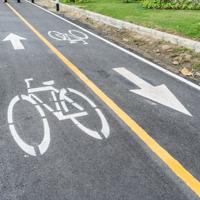In recent years, the conversation around urban cycling has gained momentum, as cities strive to become more sustainable and people look for healthier commuting options. While cycling offers numerous benefits, such as reducing traffic congestion and lowering carbon emissions, the infrastructure to support cyclists often lags behind. Improving bike lanes is a crucial step in fostering a bike-friendly culture.
Understanding the Importance
Bike lanes play a vital role in the broader context of urban commuting. They not only provide a dedicated space for cyclists, reducing the likelihood of accidents with vehicles, but also encourage more people to take up cycling. When designed effectively, bike lanes can ease traffic flow and promote a more active lifestyle among city dwellers.
Types of Bike Lanes
When discussing improvements, understanding the different types of bike lanes is important. Generally, there are three main types:
-
Painted Bike Lanes: These are common in many cities and are separated from vehicle lanes by painted lines. While cost-effective, they offer limited protection.
-
Buffered Bike Lanes: These include additional space between bike and vehicle lanes, providing an extra buffer, making them slightly safer.
-
Protected Bike Lanes: Often separated by physical barriers such as bollards, planters, or curbs, these lanes significantly enhance cyclist safety by preventing vehicles from encroaching.
Existing Challenges
Several challenges hinder the effectiveness of bike lanes:
- Incomplete Networks: Many cities have fragmented bike lane networks, which makes it difficult for cyclists to travel seamlessly across the city.
- Maintenance Issues: Poorly maintained lanes with potholes, debris, or fading markings can pose safety risks.
- Insufficient Width: Narrow bike lanes can make it hard for cyclists to overtake one another safely, especially during peak hours.
Steps to Improve Bike Lanes
Community Engagement
Community involvement is pivotal in improving bike lanes. By engaging with local cyclists, planners can better understand specific needs and preferences, ensuring that the solutions resonate with those who use the lanes.
Implementing Protected Bike Lanes
Incorporating more protected bike lanes can be a valuable improvement. Research from the “National Association of City Transportation Officials” has shown that these lanes increase ridership and reduce accidents significantly. Cities like Copenhagen and Amsterdam set examples with their extensive networks of protected lanes.
Expanding and Connecting Networks
Completing and connecting bike lane networks is essential. Cities such as Portland have made strides in this area by expanding their network to allow for safe, uninterrupted travel across the city. Improved connectivity encourages cycling, as riders feel more confident and secure.
Regular Maintenance
Consistent maintenance is necessary to ensure the safety and usability of bike lanes. This includes regular sweeping to remove debris, repair of damages, and clear signage. Some cities have implemented dedicated bike lane maintenance teams to address these issues proactively.
Incorporating Green Infrastructure
Incorporating elements of green infrastructure, like rain gardens and permeable pavements, in bike lane designs can offer environmental benefits while enhancing the aesthetic appeal. Studies have indicated that greener streetscapes can improve mental well-being and encourage more people to choose cycling over driving.
Conclusion
Improving bike lanes is not a panacea, but it’s a worthwhile investment toward creating safer and more inviting cities for cyclists. As we strive to enhance urban mobility, it’s crucial to continue researching and experimenting with infrastructure innovations. Your feedback and insights can drive positive change, so feel free to share your experiences or suggestions. Together, we can pedal towards a more sustainable future.




